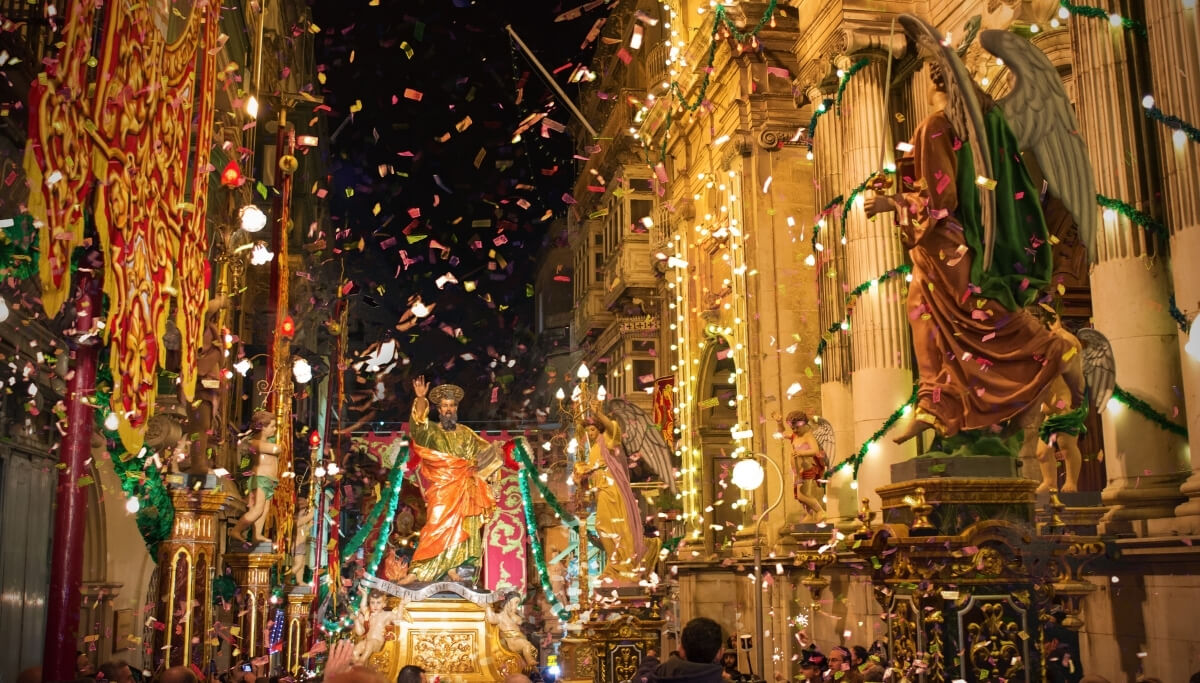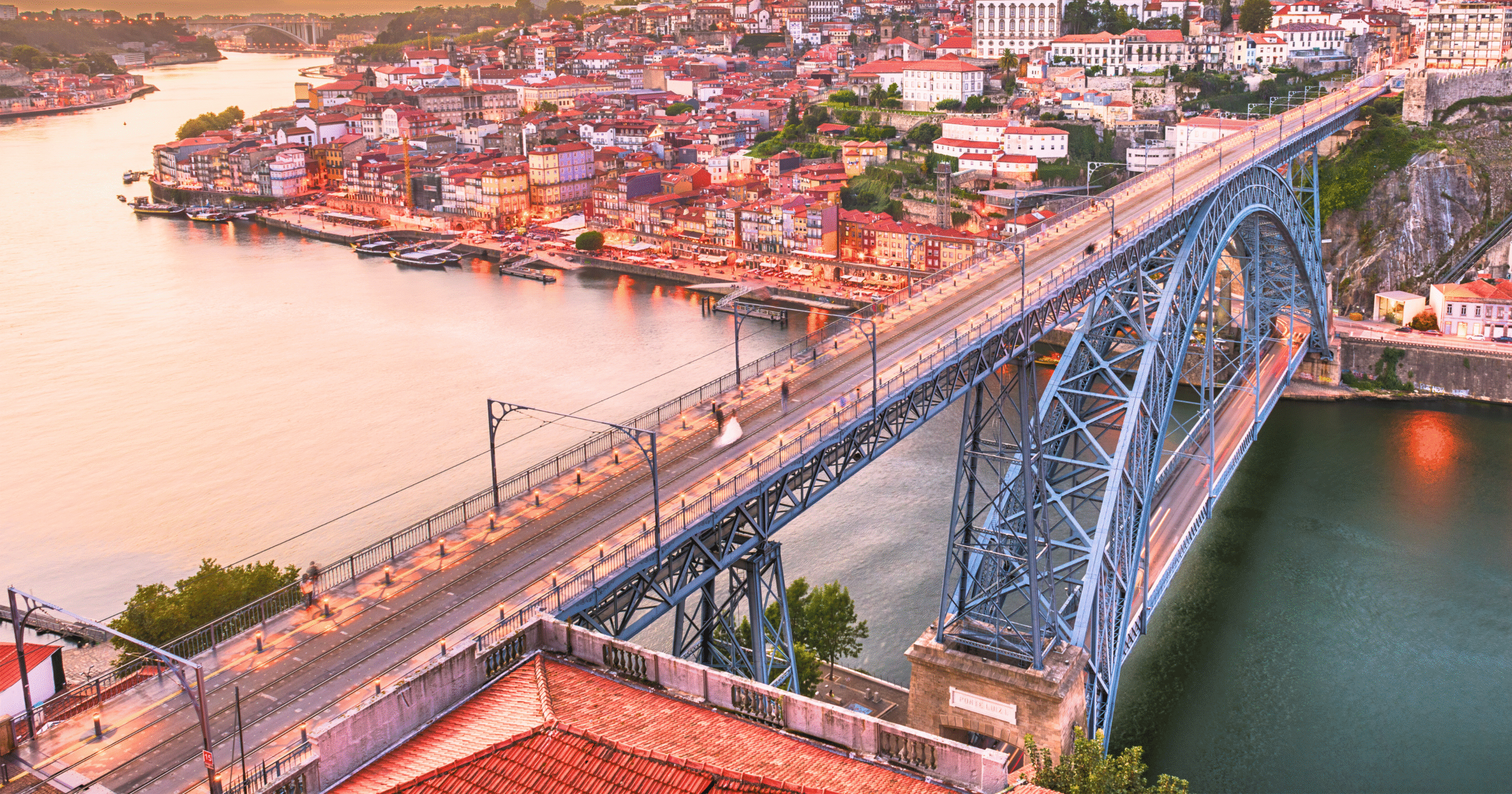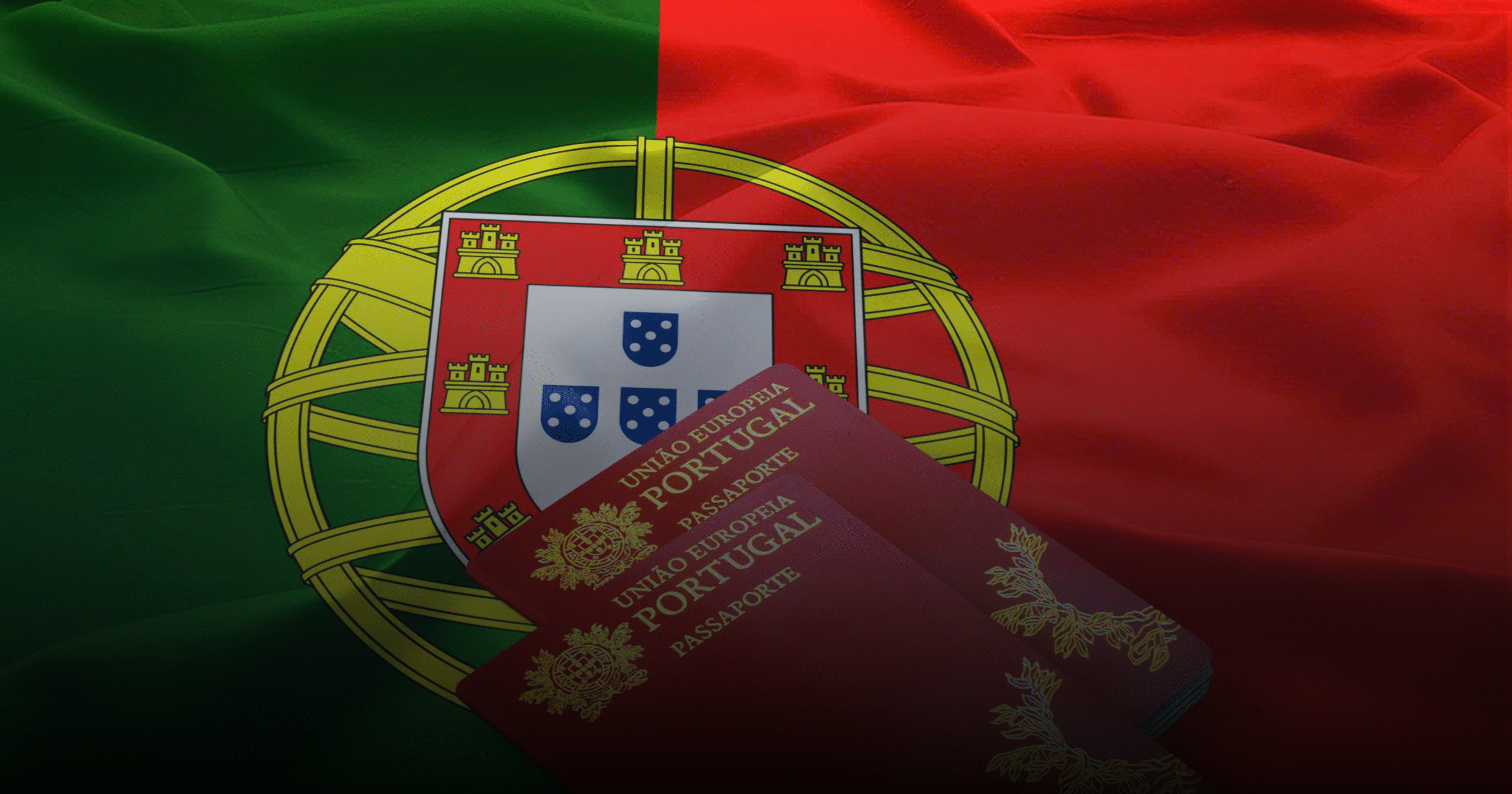The Mediterranean archipelago of Malta is a treasure trove of history, sun-kissed landscapes, and a culture as vibrant and colourful as its famed fishing boats. While many are familiar with its stunning coastline and ancient temples, the true heart of the island lies in its rich tapestry of festivals and traditions. Malta culture is a captivating blend of influences, from the Phoenicians and Romans to the Knights of St. John and the British. This has resulted in a unique calendar of events and customs that are deeply ingrained in the daily lives of the Maltese people.
Beyond the well-trodden tourist paths and popular celebrations, a world of lesser-known traditions awaits. These hidden gems offer a deeper understanding of the island’s soul. They reveal a people deeply connected to their faith, their history, and each other. From ancient harvest festivals to quirky local customs, join us as we uncover ten things you probably don’t know about festivals and traditions in Malta. Prepare to be surprised by the depth and diversity of Malta culture.

The Enduring Echoes of Ancient Malta Culture in Modern Festivals
The roots of many Maltese traditions run deeper than the azure waters surrounding the islands. While modern life has undoubtedly left its mark, ancient customs and beliefs continue to shape contemporary celebrations. This fusion of old and new is a hallmark of the vibrant Malta culture, creating a truly unique and captivating experience for visitors and locals alike. Many festivals, though Christianized over the centuries, retain elements of their pagan origins.
L-Imnarja A Festival of Light and Harvest with Pagan Roots
One of the oldest and most cherished festivals in Malta is L-Imnarja, celebrated on the 29th of June. While it officially honours St. Peter and St. Paul, its origins are widely believed to be pre-Christian. The name itself, “Luminaria,” is Latin for “illumination,” hinting at ancient rituals involving bonfires to mark the summer solstice. This festival is a perfect example of how Malta culture seamlessly blends religious observance with age-old agricultural traditions.
Families and friends gather in the lush Buskett Gardens for an overnight picnic. They feast on traditional rabbit stew, a national dish. The air is filled with the sounds of traditional “għana,” a form of Maltese folk singing. The following day features agricultural shows, with displays of local produce and livestock. Bareback horse and donkey races add to the festive atmosphere, a throwback to a time when these animals were integral to rural life. L-Imnarja offers a glimpse into a side of Malta culture that is deeply connected to the land and its cycles.
Beyond the Festa The Lesser-Known Religious Traditions of Malta Culture
The village “festa” is perhaps the most iconic expression of Malta culture. These week-long celebrations in honour of a parish’s patron saint are a riot of colour, music, and fireworks. However, beyond these boisterous affairs lie more solemn and equally fascinating religious traditions. These practices reveal the profound faith that underpins Maltese society. They offer a different perspective on the spiritual landscape of the islands.
A unique Holy Week tradition is “L-Erbgħa tat-Tniebri,” or the Wednesday of Shadows. On this day, churches are plunged into near-complete darkness. Windows are covered, and candles are extinguished one by one, symbolizing the apostles abandoning Jesus. A single lit candle, representing Christ, remains. This poignant tradition is a powerful and lesser-known aspect of Easter celebrations in Malta. It showcases the dramatic and symbolic nature of religious observance within Malta culture.
The Quċċija A Child‘s First Prophecy
On a child’s first birthday, a charming tradition known as “il-quċċija” takes place. A variety of symbolic objects are laid out before the child. These might include a rosary, a book, a hard-boiled egg, a calculator, or a pen. The object the child chooses is believed to predict their future path in life. A rosary or Bible might signify a religious vocation. A book suggests a career in academia. An egg symbolizes a long life and many children. This delightful custom is a testament to the importance of family and future aspirations within Malta culture.
The Culinary Traditions A Taste of Malta Culture
No exploration of a country’s culture is complete without delving into its culinary landscape. Maltese cuisine is a delicious reflection of its history, with strong Sicilian, North African, and British influences. Food plays a central role in every celebration and gathering. Traditional recipes are passed down through generations, each with its own family secrets.
While many visitors will sample the famous “pastizzi” (flaky pastries filled with ricotta or peas), there is a whole world of traditional dishes to discover. “Stuffat tal-fenek” (rabbit stew) is the national dish and a staple at the L-Imnarja festival. “Bragioli” (beef olives), “lampuki” pie (fish pie), and “bigilla” (a broad bean dip) are other local favourites. These dishes are more than just sustenance; they are a celebration of the island’s bounty and a cornerstone of Malta culture.
Il-Ġilwa A Sweet Serenade to Marriage
Traditional Maltese weddings are steeped in customs that are slowly making a comeback. One of the most enchanting is “il-ġilwa.” As the bride is led to the church, she is serenaded by a traditional singer, known as an “għannej.” The lyrics often offer advice for a happy marriage and praise the virtues of the bride and groom. This musical procession is a beautiful and intimate part of the wedding celebration. It highlights the communal and celebratory nature of marriage within Malta culture.
The Enduring Legacy of the Knights in Malta Culture
The 250-year rule of the Knights of St. John left an indelible mark on Malta. Their legacy can be seen in the island’s magnificent architecture, its fortified cities, and its rich artistic heritage. But their influence also extends to some of the country’s lesser-known traditions.
The Maltese Cross, a symbol synonymous with the Knights, is ubiquitous. It can be found on everything from jewellery to doorknobs. The tradition of “filugranu” (filigree), the delicate art of twisting fine silver and gold wires, flourished under the Knights. This intricate craft is still practiced today, producing exquisite jewellery and ornaments. These artistic traditions are a living link to a pivotal period in the history of Malta culture.
In conclusion, the festivals and traditions of Malta offer a window into the soul of this fascinating island nation. Beyond the popular tourist attractions, a rich and diverse Malta culture awaits those willing to look a little closer. From ancient harvest festivals with pagan roots to solemn religious observances and charming family customs, these lesser-known traditions reveal a people deeply proud of their unique heritage. They are a testament to the enduring power of community, faith, and the simple joys of life, all celebrated with a passion that is distinctly Maltese.
Follow us on social media and website for more insights!













